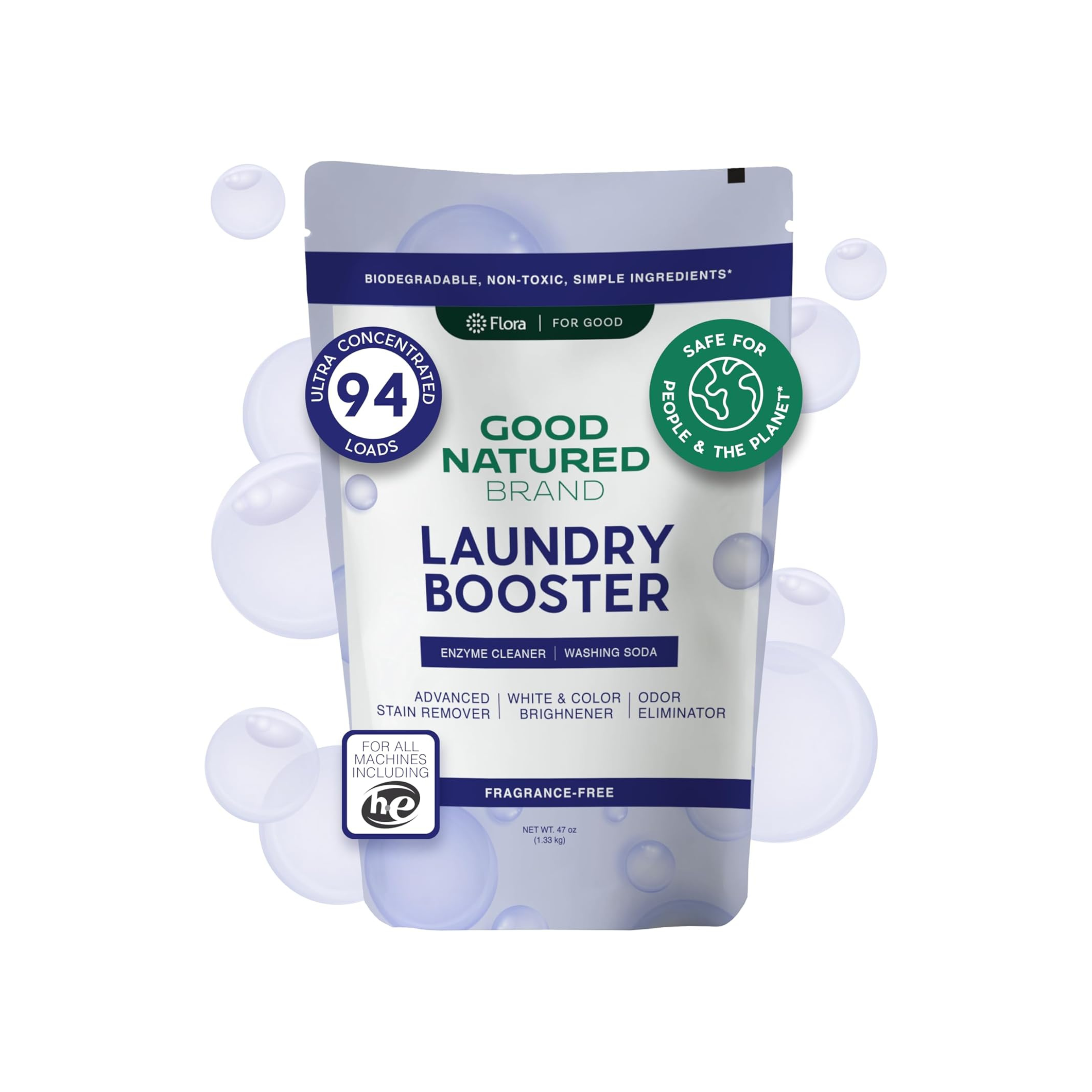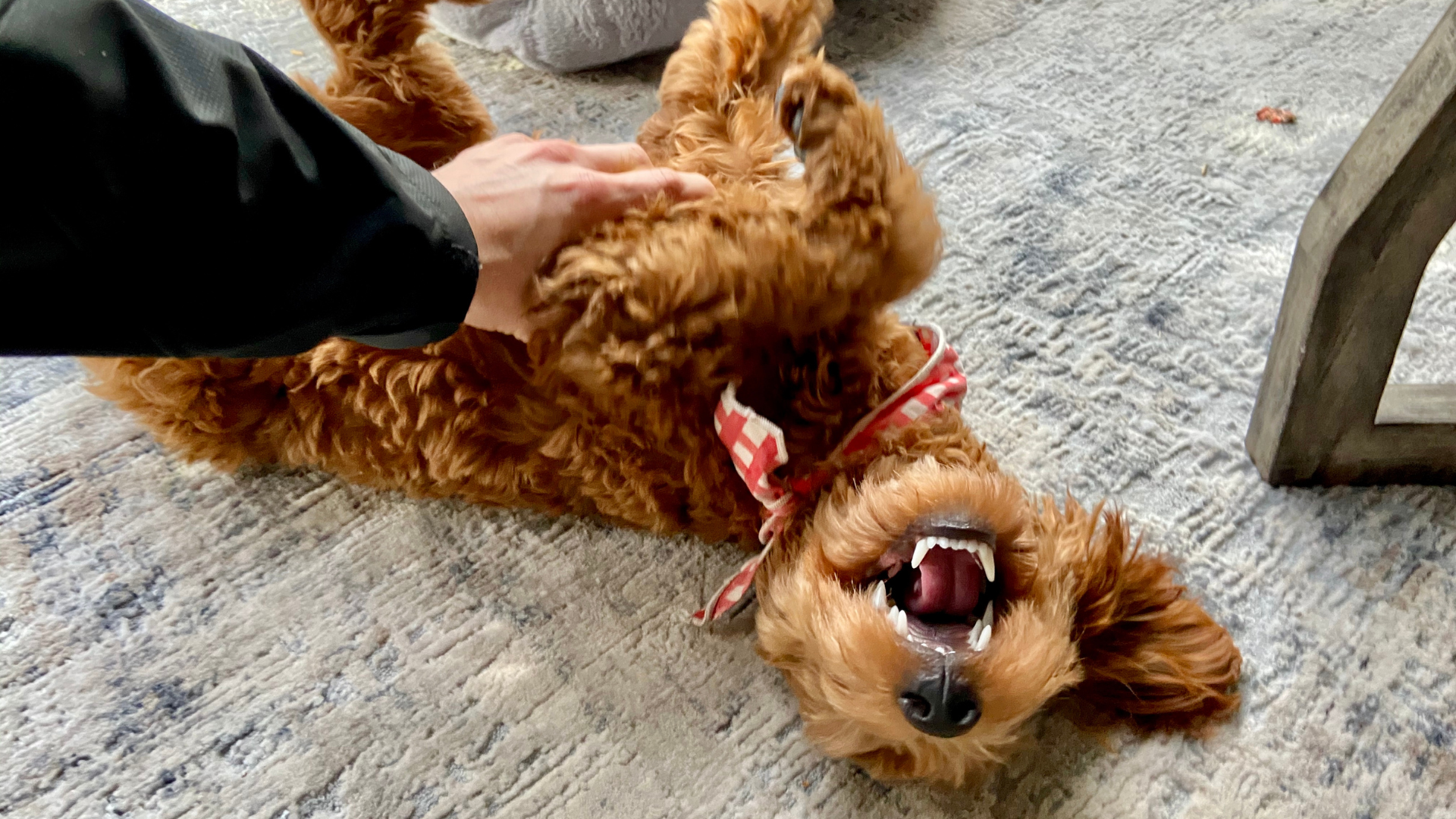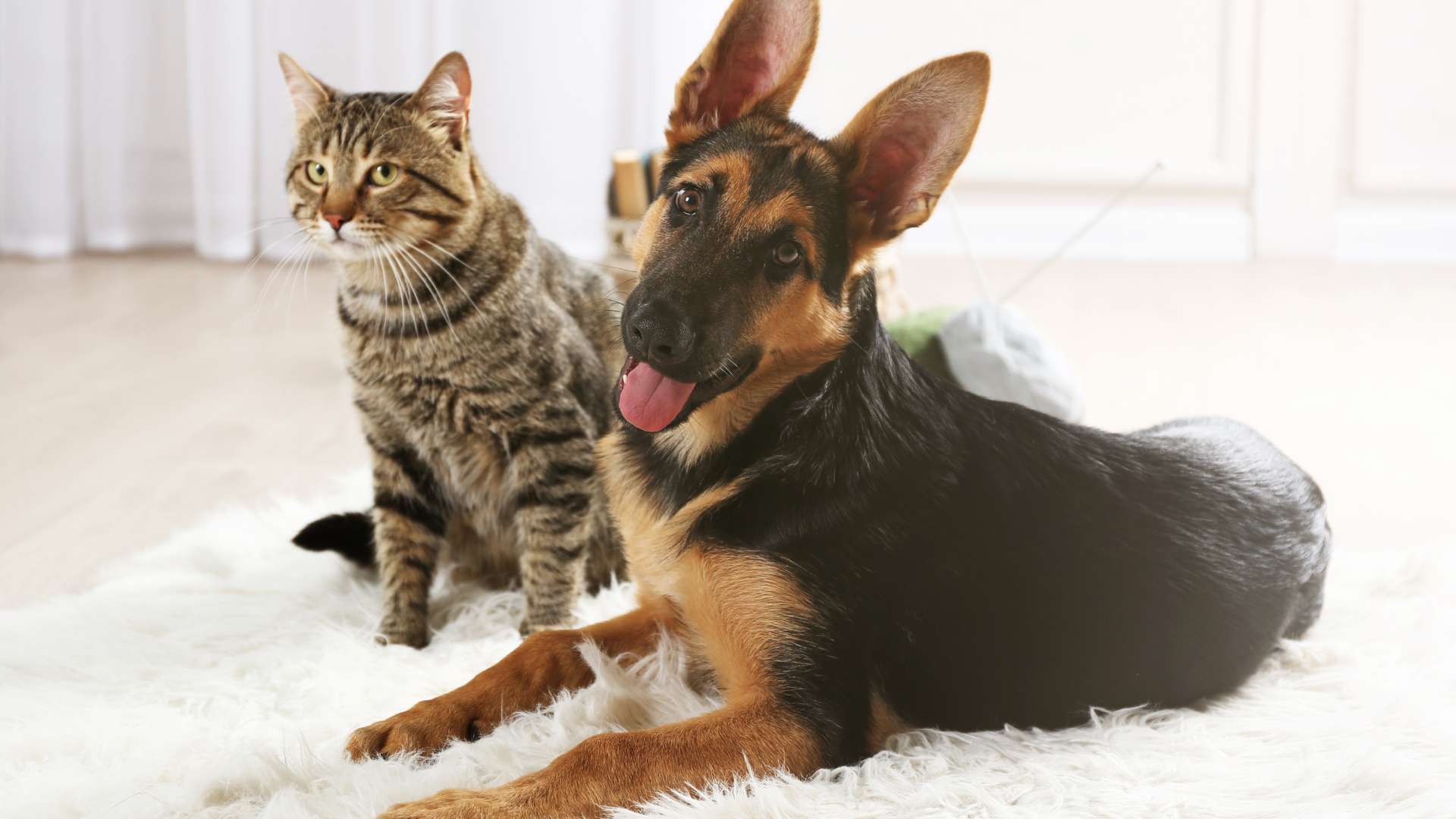In the YouTube video “Basic Obedience Guide with Emy the Maltipoo” by DogTrainerGH, viewers are introduced to a thorough step-by-step approach to teaching dogs essential obedience skills. Emmy, a Maltipoo with a lively personality, demonstrates how patience, consistency, and clear communication can transform training into a rewarding journey for both dog and owner.
From using simple words like “yes” and “no” to mastering commands like sit, down, stay, and even crate training, the video highlights practical strategies every pet parent can use. Let’s break down the key lessons and insights that make this guide such an invaluable resource.
Building Foundations with “Yes” and “No”
The foundation of training begins with the consistent use of “yes” to mark correct behavior and “no” to signal mistakes. Timing is everything—marking at the exact moment your dog responds correctly helps them form quick associations.
Treats act as motivation during early stages, much like a salary for effort. Over time, reliance on treats decreases as obedience becomes habit.
Just as families rely on safe, natural Carpet Deodorizers or All-Purpose Cleaners to maintain a healthy home foundation, consistency with markers builds a strong base for lifelong obedience.
Mastering the Leash and the “Come” Command
Leash training is more than just walking—it’s about building focus and calmness. Emmy learns to sit before the leash goes on, associating the leash with positive reinforcement rather than chasing.
During walks, a relaxed posture from the handler encourages calmness in the dog. Short, gentle corrections are preferred over constant pulling, creating trust and cooperation.
These calm routines are similar to how eco-friendly Laundry Powders keep clothing fresh and simple—small, thoughtful actions create big results over time.
Teaching “Sit” and “Down”
The “sit” command is taught by luring Emmy to a specific spot and moving the treat above her head. Clear hand gestures paired with verbal cues strengthen her understanding.
For “down,” the treat is lowered while giving the command, reinforcing body language alongside voice. Each command is followed by a release word—“free”—teaching Emmy when she is allowed to move.
This structured process mirrors the routines families establish to keep homes clean and harmonious—whether setting consistent potty breaks or using Carpet Deodorizers to keep spaces fresh.
Developing “Stay” and “Place”
The “stay” and “place” commands build patience and self-control. By gradually increasing distance and distractions, Emmy learns reliability even when tempted to move.
The “place” command, often using a bed or mat, gives Emmy a designated zone for calmness. Over time, this creates structure and peace during busy household moments, such as mealtime or when guests arrive.
Just like using All-Purpose Cleaners to manage different areas of the home, these commands help create order in a dog’s daily life.
The Power of Correction and Calm Energy
Corrections aren’t punishments—they’re tools for clarity. When Emmy breaks a command, the handler pauses, redirects, and reinforces with “yes” once she corrects herself.
The trainer emphasizes distinct tones: firm and admonishing for “no,” positive and uplifting for “yes.” Dogs quickly learn to associate energy with expectation.
This balance reflects how humans approach routines at home: removing unpleasant odors with Carpet Deodorizers while reinforcing fresh, clean environments with positive choices.
Crate Training for Calmness
Crates are often misunderstood, but they provide comfort and structure when used properly. Emmy learns to enter calmly on command and exit only when released.
By rewarding calmness and using clear gestures, the crate becomes a place of relaxation rather than anxiety. This foundation supports potty training and helps dogs self-regulate their energy.
Addressing Common Behavioral Issues
-
Biting: Emmy is corrected by withdrawing attention immediately and rewarding calmness.
-
Potty Training: A structured routine, consistent outdoor breaks, and supervised crate time create reliable habits.
These lessons remind us that unwanted behaviors can be redirected with patience, not punishment.
Key Takeaways for Dog Owners
-
Consistency with “yes” and “no” builds confidence and clarity.
-
Treats are effective motivators, but calmness and routine matter most.
-
Hand gestures paired with voice commands accelerate learning.
-
Structured routines for crate and potty training prevent bad habits.
-
Positive reinforcement and correction energy foster long-term obedience.
Building a Happy, Pet-Friendly Home
Training a dog is about more than obedience—it’s about creating harmony between pets and people. Emmy’s journey shows that with patience, structured routines, and clear communication, every dog can become a well-behaved, confident companion.
To keep your home fresh and welcoming during training, explore our natural solutions like Carpet Deodorizers, Laundry Powders, and All-Purpose Cleaners. For more pet care insights, visit our blog hub or explore all of our eco-conscious products on the main page.


















